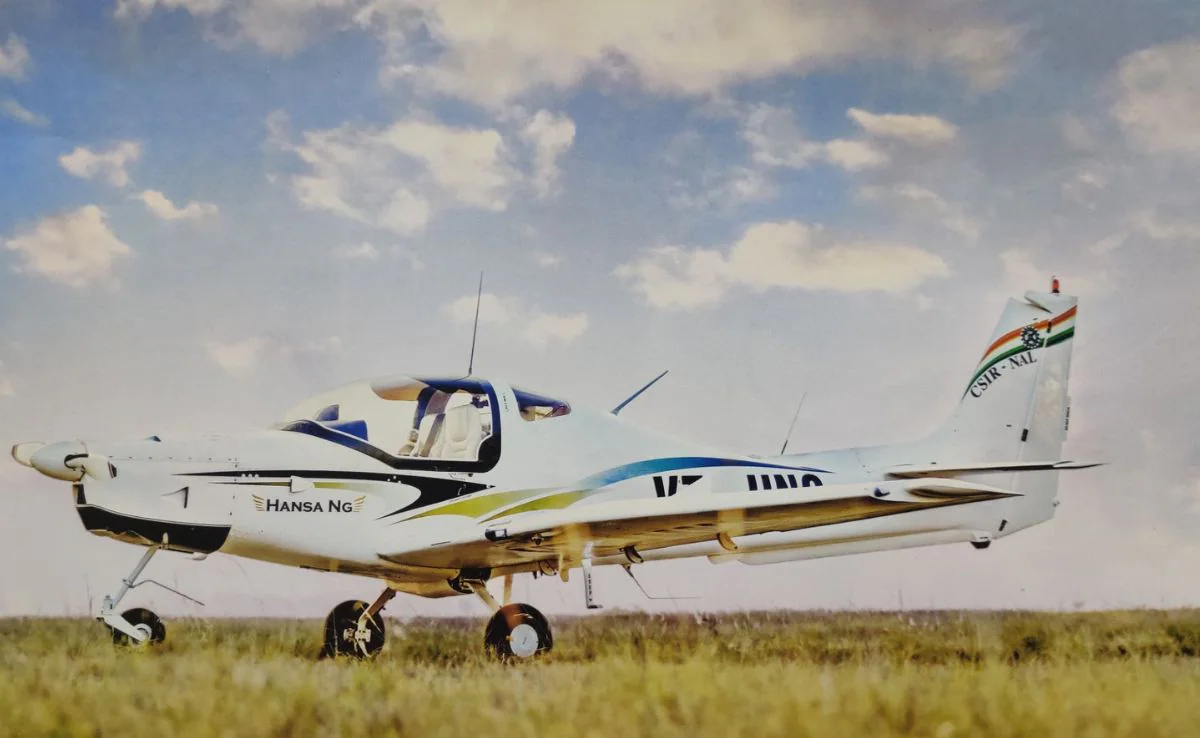By acquiring an automated vehicle-based technology for the quick laying of minefields, the Indian Army is expected to improve its operational capabilities. In order to successfully delay or block enemy advances, this program, known as the Vehicle Based Mine Scattering System (VBMSS), attempts to make it easier to deploy anti-tank and anti-personnel mines during military operations.
Operational Need: According to a Request for Information (RFI) published by the Ministry of Defence on December 20, 2024, the Indian Army is expected to require 70 VBMSS units. Combat engineers should be able to quickly create minefields with this method, especially in reaction to enemy movements.
Deployment Strategy: Once an enemy build-up is identified, the VBMSS will be essential for building reactive or responsive minefields. It is anticipated that this capacity will operate as a strategic deterrence by upsetting adversary plans and compelling them to redeploy.
Technical requirements: The system must be able to go up to 10 km/h and dispense 600 mines or more without the need for replenishing. To ensure flexibility in deployment, it should place mines on either side of the vehicle at distances between 20 and 150 meters.
Environmental Adaptability: Built for cross-country travel, the VBMSS can function in a range of environments, including semi-deserts, plains, and deserts. It can also tolerate temperatures ranging from -20°C to 45°C. This flexibility is essential in light of India’s various geographical difficulties.
The VBMSS’s implementation is consistent with past instances of minefields being heavily utilized during wars, such as Operation Parakram in 2001, in which thousands of mines were placed along the border between India and Pakistan. The capacity to quickly plant mines along susceptible border areas is a proactive tactic in times of peace as much as a defensive one.
The Indian Army is also purchasing additional equipment, such as the Mechanical Minefield Marking Equipment Mk-II, in addition to the VBMSS. This equipment will help minefields be marked more effectively with less human involvement. With its 1.2 km/h operating speed, this equipment further improves operational preparedness in possible conflict areas.


